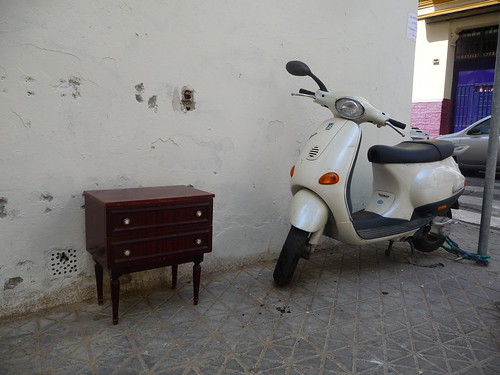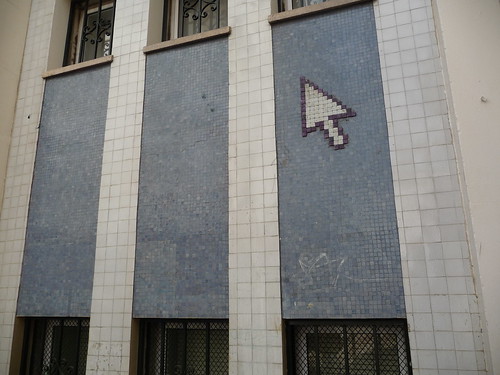Back from La Ciudad Híbrida
Posted: May 19th, 2009 | No Comments »Last week I participated to the workshop “La Ciudad Híbrida” organized in Sevilla by José Luis de Vicente. The first 2 days, we used different theoretical lenses and practical references to explore the many different aspects of the hybrid city. Juan Freire engaged us with proposals for a participatory urbanism with the design of open processes and bottom-up solutions (see De la ciudad híbrida al urbanismo P2P: democracia 2.0, gestión local participativa y crowdsourcing). José Luis de Vicente stepped back and led us through the history influenced by urban theorist, architects and artist that have paved the way to the hybrid city of the 21st century, the dynamic city (see Una historia de la ciudad de software: arquitecturas dinamicas y sistemas digitales urbanos). An argumentation completed by Juan Martín Prada who covered the rich field of location media with a philosophic spin (co-existance men-thinks, men-animals, men-deads, the urbanization of the real-time city (networked city) vs. desurbanization of the real-space; the “Here” being replaced by the permanant “Now”.
Before Juan Martin, I played the role of “data cowboy” with a 90min talk (in Spanish) that looked at the contemporary hybrid city through the lenses of my research work augmented by some offline observations. In this intervention entitled “People as sensors; people as actors” (slides with annotations, video), I look at the integration of ubiquitous technologies (and soft infrastructures) and how they afford us new flexibility in conducting our daily activities with simultaneously providing the means to study our activities in time and space.

The other part of the workshop was dedicated to more hands-on activities in which groups had to define, sketch and prototype a citizen-led system or process that take advantage of open/public urban data. With a majority young architects, the focus was first based on “infrastructure”, “mobility”, “space”, but then rapidly also evolved around social issues and even political touching the Critical Cartography approach and critique. There was a lot to learn from the languages employed by participants with different practices (architects, social scientist, biologist, artist).
Finally, Sevilla provided an excellent context to ponder the hybrid city of the present. In addition to its rich history of mixed cultures, architectures and art, engineering work and south-european clichés, the city offers the vestiges of the techno-utopian Expo ’92. The crumbling infrastructure at the Cartuja Island is source of fascinating sightseeing with an Ariane V on the loose and a monorail in advanced decomposition among other things. The theme for the Expo was “The Age of Discovery”. mmhmm.

…with its real urban furnitures
Thanks José Luis for the invitation!


